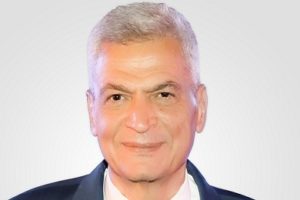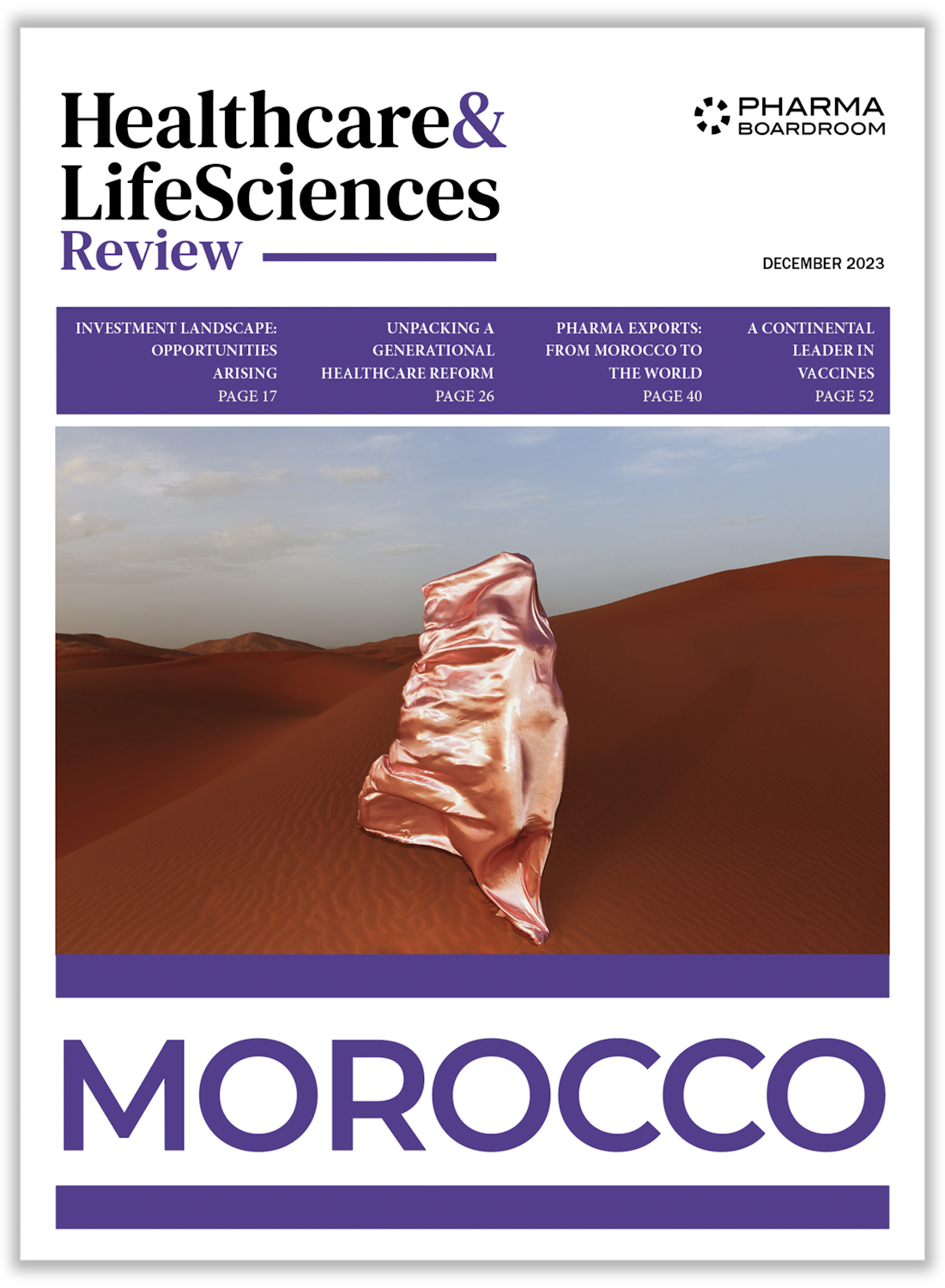The head of the Egyptian Unified Procurement Authority (UPA), Major General Doctor Bahaa El Din Zeidan, outlines the agency’s view on tenders, emphasizing their vision to secure the highest quality at the best price for Egyptian patients, and analyses the country’s healthcare transformation. In addition, he argues in favour of national procurement bodies as a way to establish value-based methods, evidence-based technology assessments and robust supply chains.
Egypt is undergoing a healthcare transformation. What does the transformation entail and what are the main objectives?
Human Health is one of the main pillars of a strong society and an inherent human right. A person with good health has the ability to work and produce, benefiting society and consequently the country’s economy. As any countryies’ decision makers must give the health pillar great attention especially as it impacts citizens who represent the country’s human capital, our president H.E Abdel Fattah El Sisi started, right after his presidency, the restructuring of a comprehensive and integrated healthcare system by establishing a number of entities and authorities in addition to implementing many reforms and measures.
Egypt’s interest in developing and reforming the healthcare sector comes not only as one of the main pillars of Egypt’s Vision 2030 but also the Global Goal 3: “Good Health and Well-being” of United Nations (UN) Agenda for Sustainable Development .
We can say in other words that our strategic vision for health aims for all Egyptians to enjoy a healthy, safe, and secure life through an integrated, accessible, high quality, and universal healthcare system capable of improving health conditions through early intervention and preventive care, ensuring protection for the vulnerable, and providing satisfaction for our citizens.
The strategic vision for health focuses on the achievement of three main objectives: improving the health of our citizens within a framework of justice and equity; achieving universal healthcare coverage for all Egyptians while ensuring high quality services, and improving the health sector’s governance.
This strategy takes into account the principles of equal opportunities, bridging some development gaps, optimal use of resources, supporting the fairness of their use, and ensuring the rights of future generations.
Many countries have successful public healthcare systems that do not include procurement agencies like the UPA. Why did Egypt see it as necessary to have such an agency?
The healthcare system in Egypt suffered from the lack of separation of roles: planning roles, executive roles, financing roles, and regulatory and supervisory roles, which meant that the Ministry of Health and Population was responsible for all of these roles.
The enhancement of our citizens’ health and the development of the health sector should not be dependent on one entity alone, but should include the support and contribution of many parties both inside and outside of the health sector and that is why one of the key objectives for Egypt’s healthcare vision is the improvement of the health sector’s governance.
In addition, one of the core values for the healthcare vision is “efficient allocation of resources,” so unified procurement can be leveraged as a competitive advantage when optimized to generate savings to support public spending.
Based on that, the UPA was established under Law act No.151 of 2019 and its executive regulations of the law were issued under the Decision No. 777 of 2020. Thus, the idea for the UPA was to be a strategic health technology management entity enabling efficient utilisation of resources and sustainable equitable access to medical technologies for all Egyptians by conducting evidence-based technology assessments, value-driven procurement methods with fact-based negotiation, and establishing a robust and sustainable supply chain.
Can you elaborate on the objectives that have been set for the UPA?
Our objectives as a public body include achieving the financial stability of the Egyptian healthcare system, maximizing the country’s medical resources, increasing the efficiency of the inventory management process, opening new markets for exportation, avoiding medical product shortages, supporting the universal health insurance project, and increasing the competitiveness of the local medical industry.
Moreover, supporting evidence-based healthcare decisions via priority setting and promoting the introduction of effective innovations, as well as reassessing the adopted technologies to ensure the best allocation of resources.
The UPA also aims to foster international collaboration, improve Egypt’s trade balance, create a better business investment climate and enhance the productivity of the medical supply chain.
In terms of what we are currently doing, the UPA has established annual inventory and collection systems as well as a system for the assessment of medical technology in accordance with the latest global systems to benefit from valuable modern technology. We are also looking to create a unified maintenance system for medical devices to improve after-sales services.
Tenders are always a delicate subject for medicines, medical supplies and medical equipment with pricing being a central issue. What is the UPA’s vision of tenders?
Having a national centralised procurement authority enables the nation to audit tail spend and prevent savings leakage, as it allows a higher level of transparency in the process and sets out efficient access for all (not only the requesting parties but also the medical companies).
An automated centralised ordering system allows all public hospitals access to a diversified catalogue of high quality medical technology (medicines, medical supplies and equipment) at controllable costs and fast affordable access for patients.
This is achieved by forming a scientific committee consisting of all the requesting parties to set the specifications for their needs and start the procurement process. The tender process for the selection of the most relevant medical technologies depends not only on the financial offer but also on the technical specifications, as all of our evaluations are based on multi-criteria decision analysis (MCDA), depending on weights and points. Because of this, we can say that this integrated process ensures fair competition between all participants.
Is there any final message you would like to share with our international audience?
I would like to say a few words about the Africa Health ExCon, an annual exhibition and conference endorsed by the UPA, which aims to position Africa as the continental hub for health innovation and trade by creating a sustainable platform to connect healthcare partners under one roof. It is an opportunity for all countries and companies to share their experiences and ideas to lead us all to a roadmap for a clear, ambitious and integrated action plan for the future, to face our common challenges and to set our common priorities.
Africa Health ExCon’s first edition brought together 1,407 international speakers, government healthcare officials and CEOs from all major medical disciplines to share their insights with the audience through 24 conferences consisting of 350 sessions, 20 workshops and 4 continuing medical education (CME) seminars. It has also reported a total attendance of 43,503 healthcare and trade professionals from more than 75 countries.
We hope the second edition of the exhibition and conference will bring even more cooperation and we are looking forward to your participation in Africa Health Excon on the 8th of June, 2023 at Egypt International Exhibition Center (EIEC) Cairo, Egypt.







